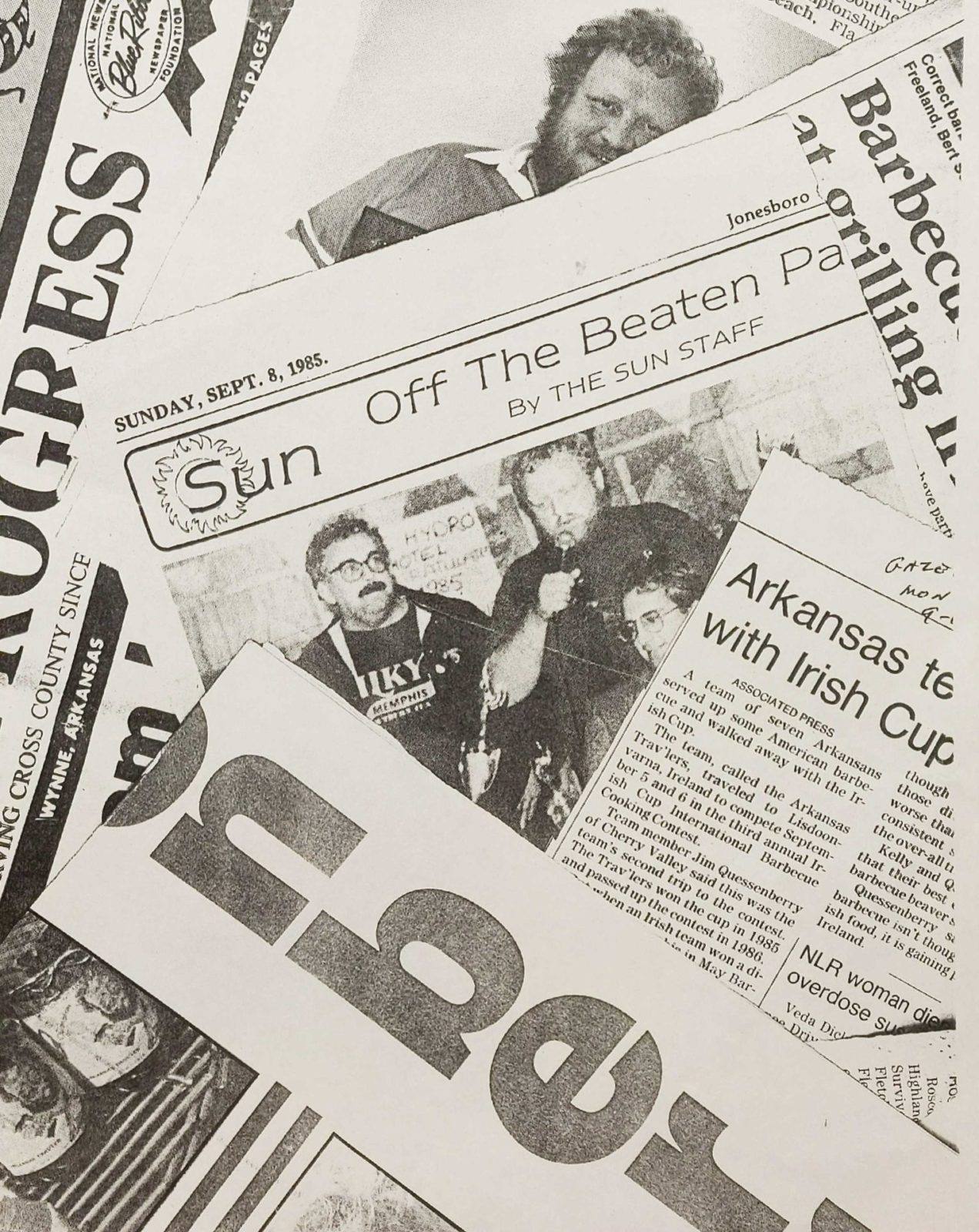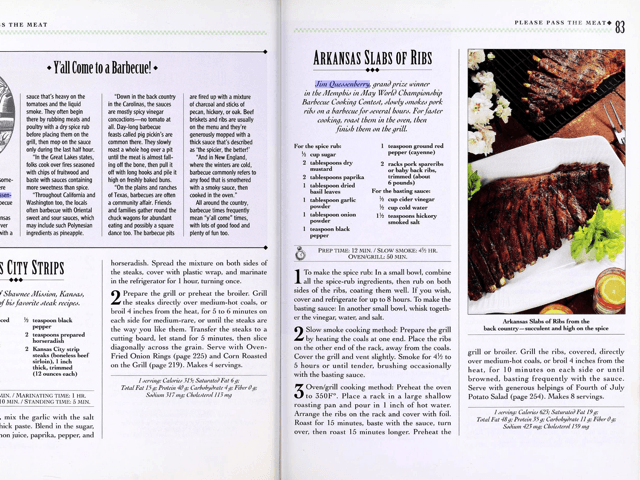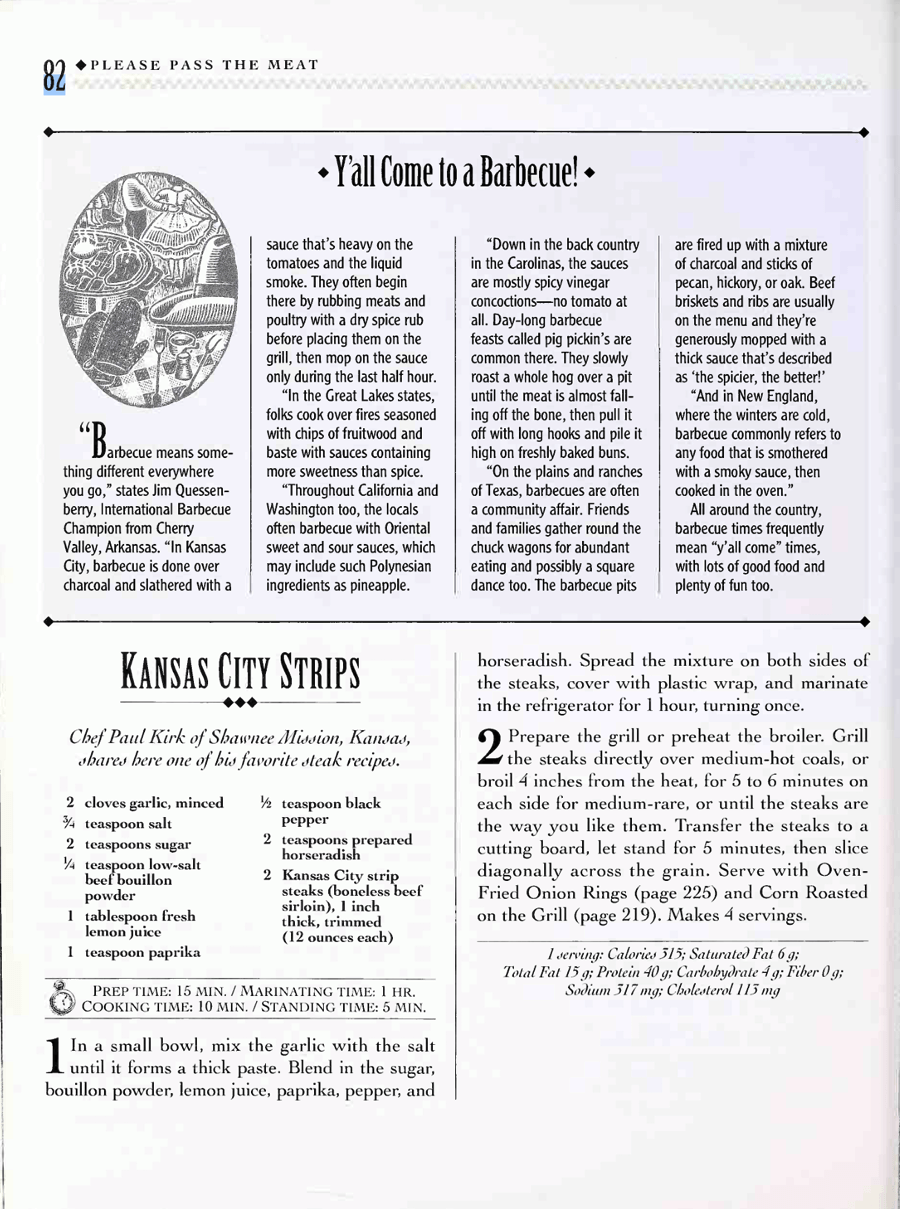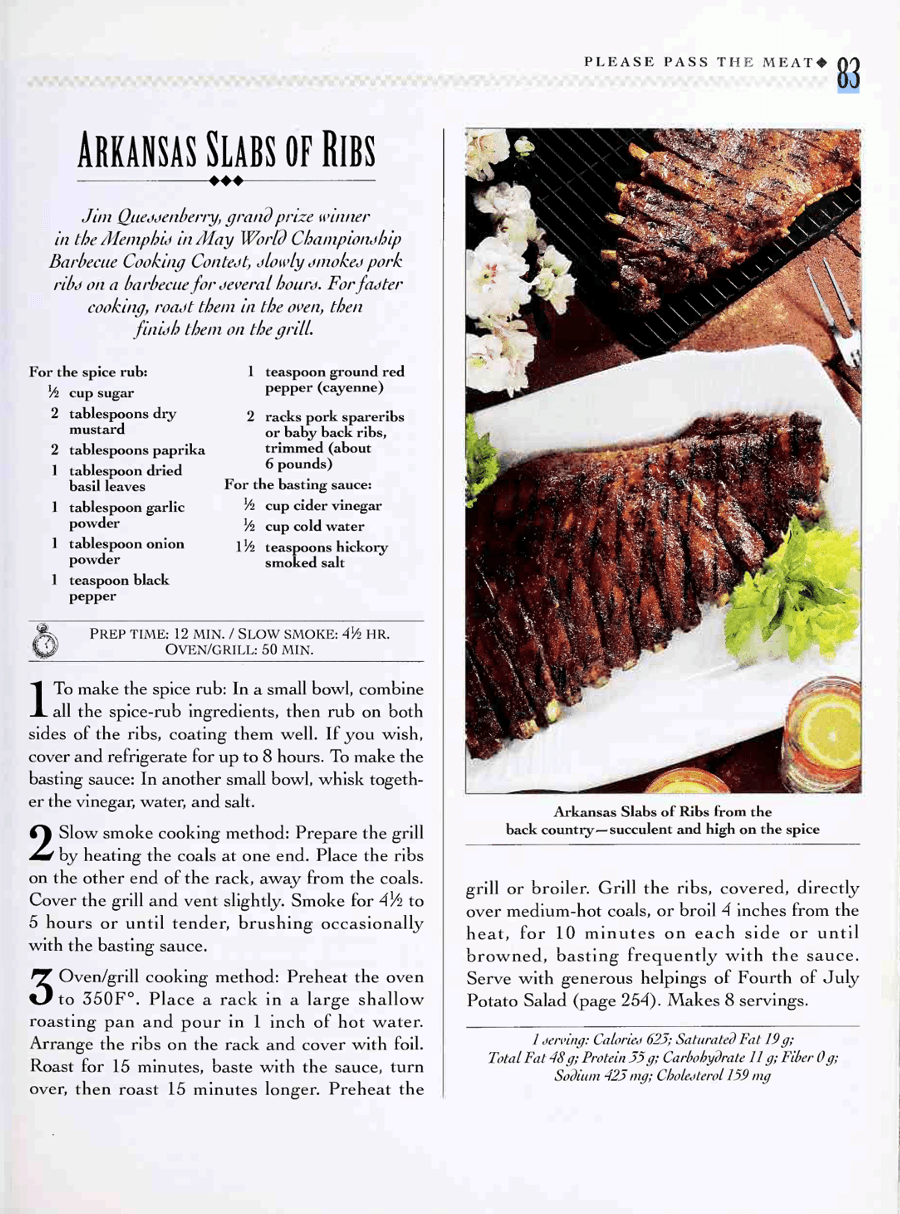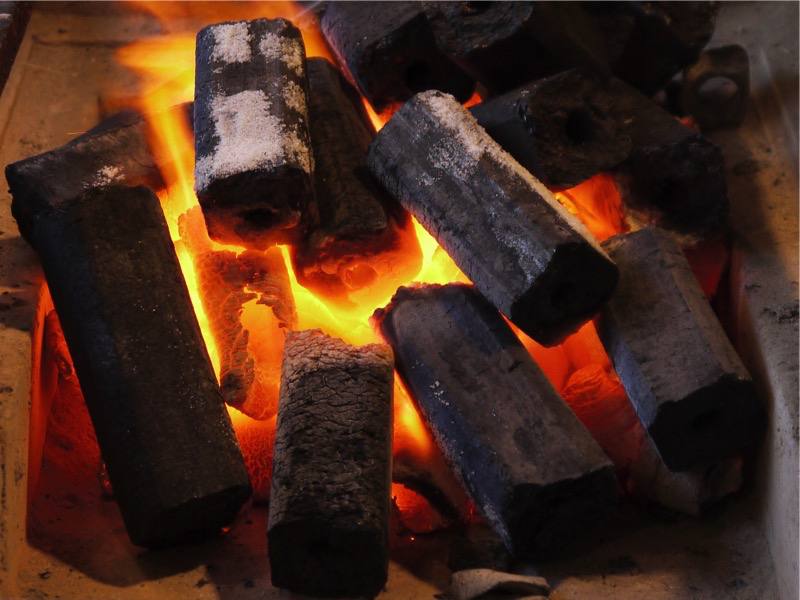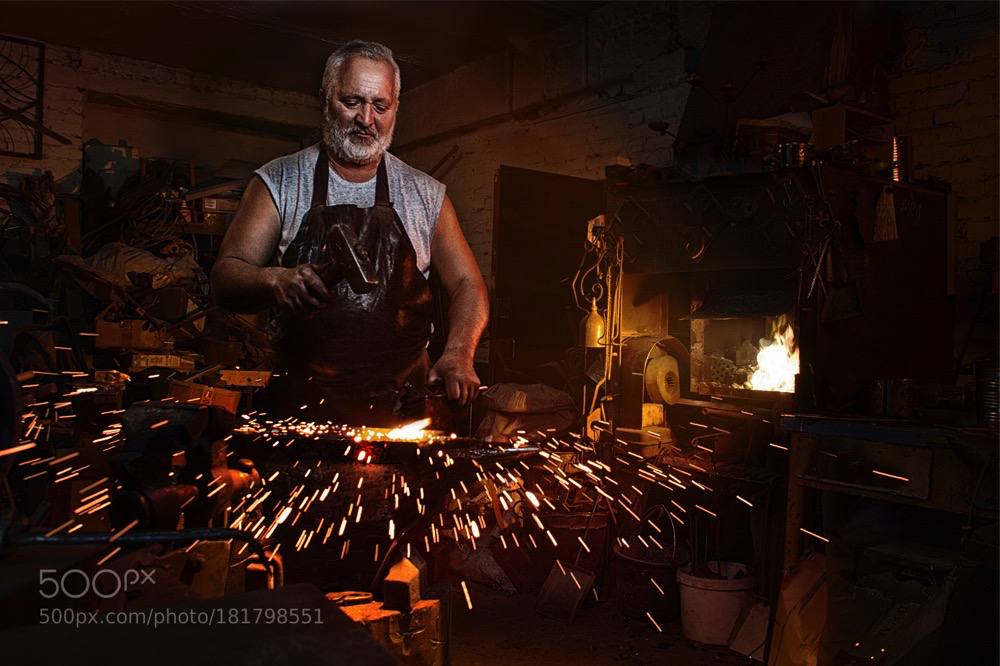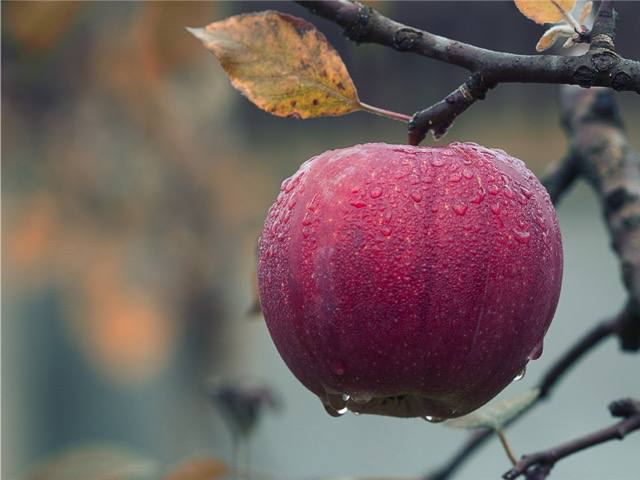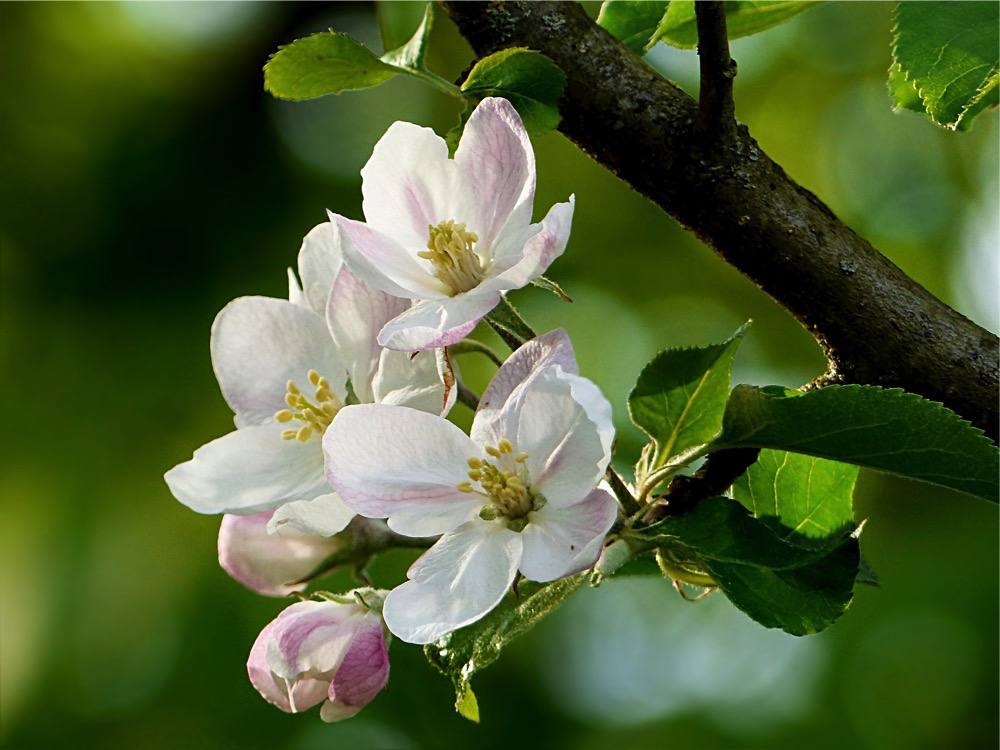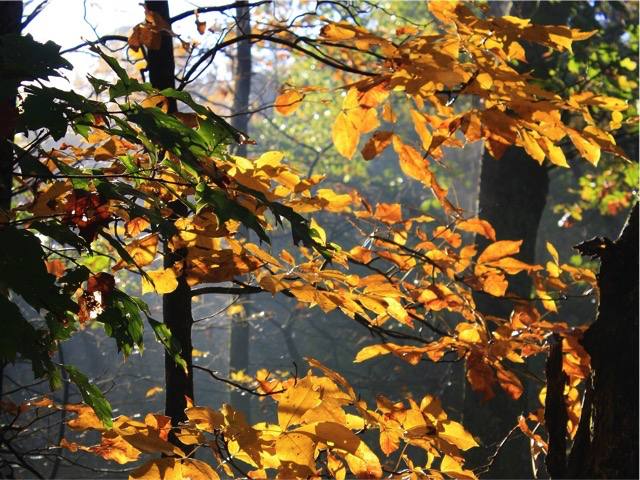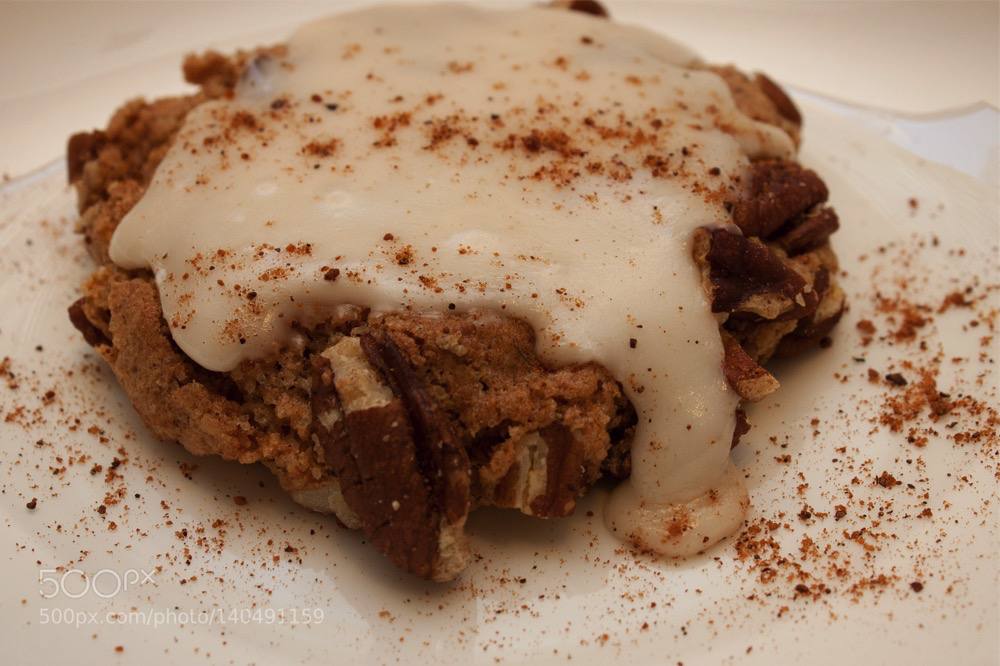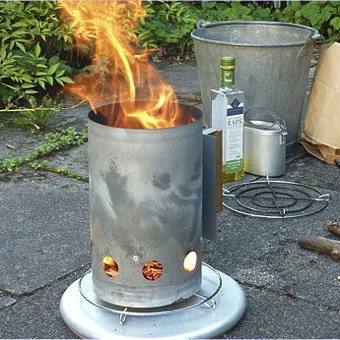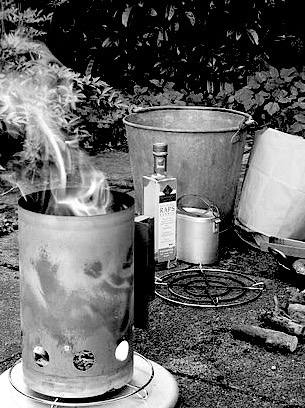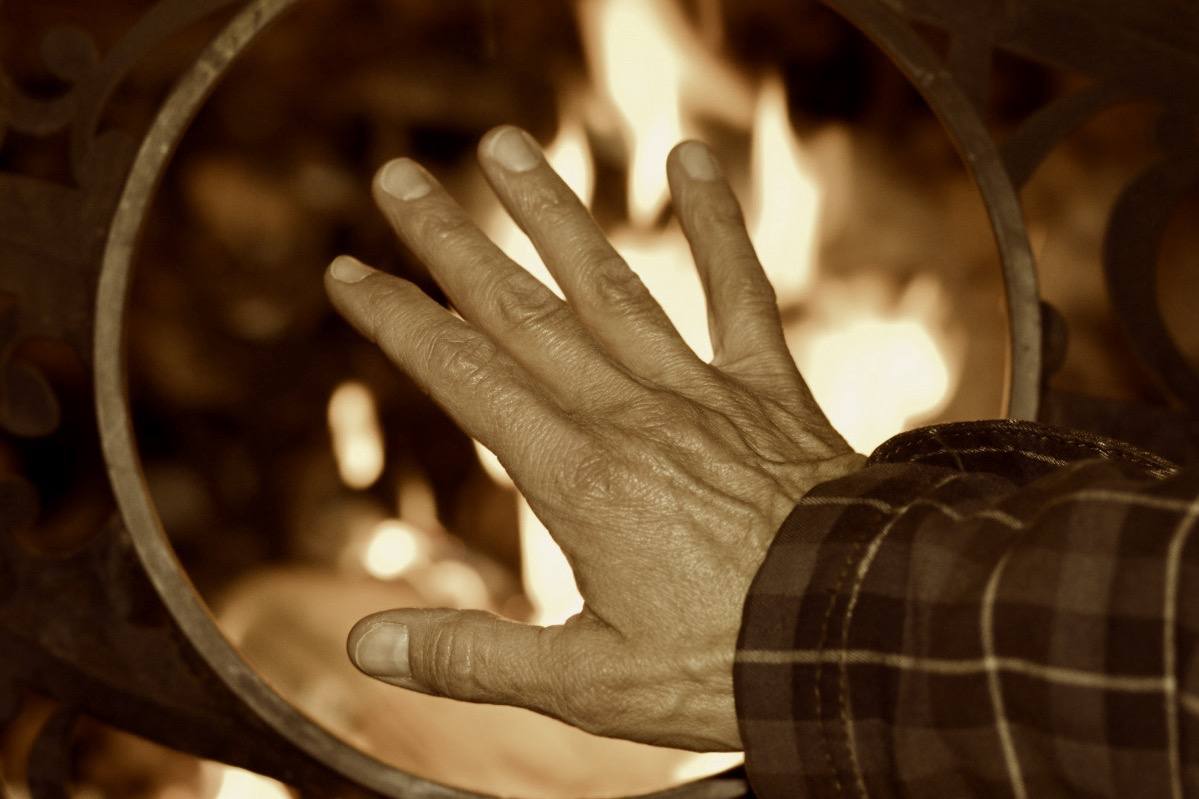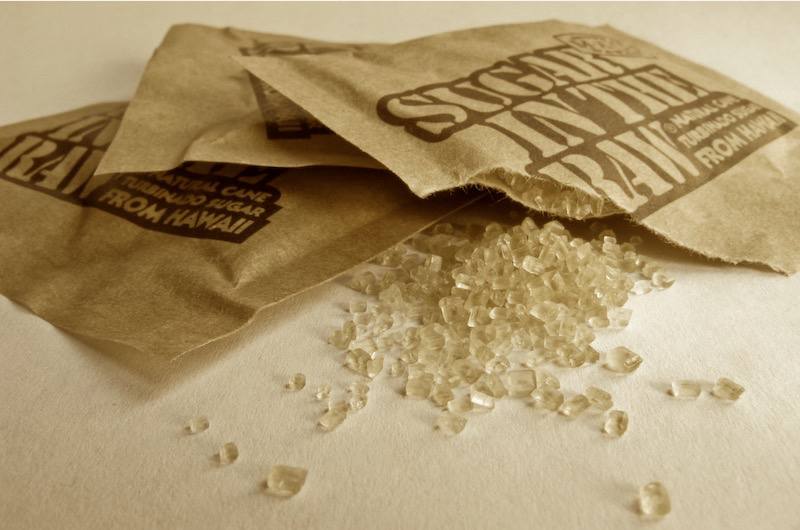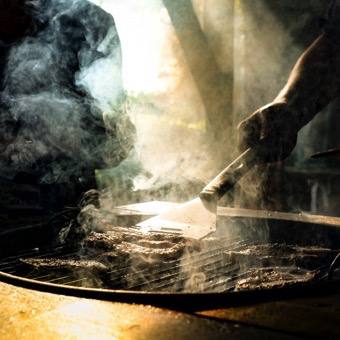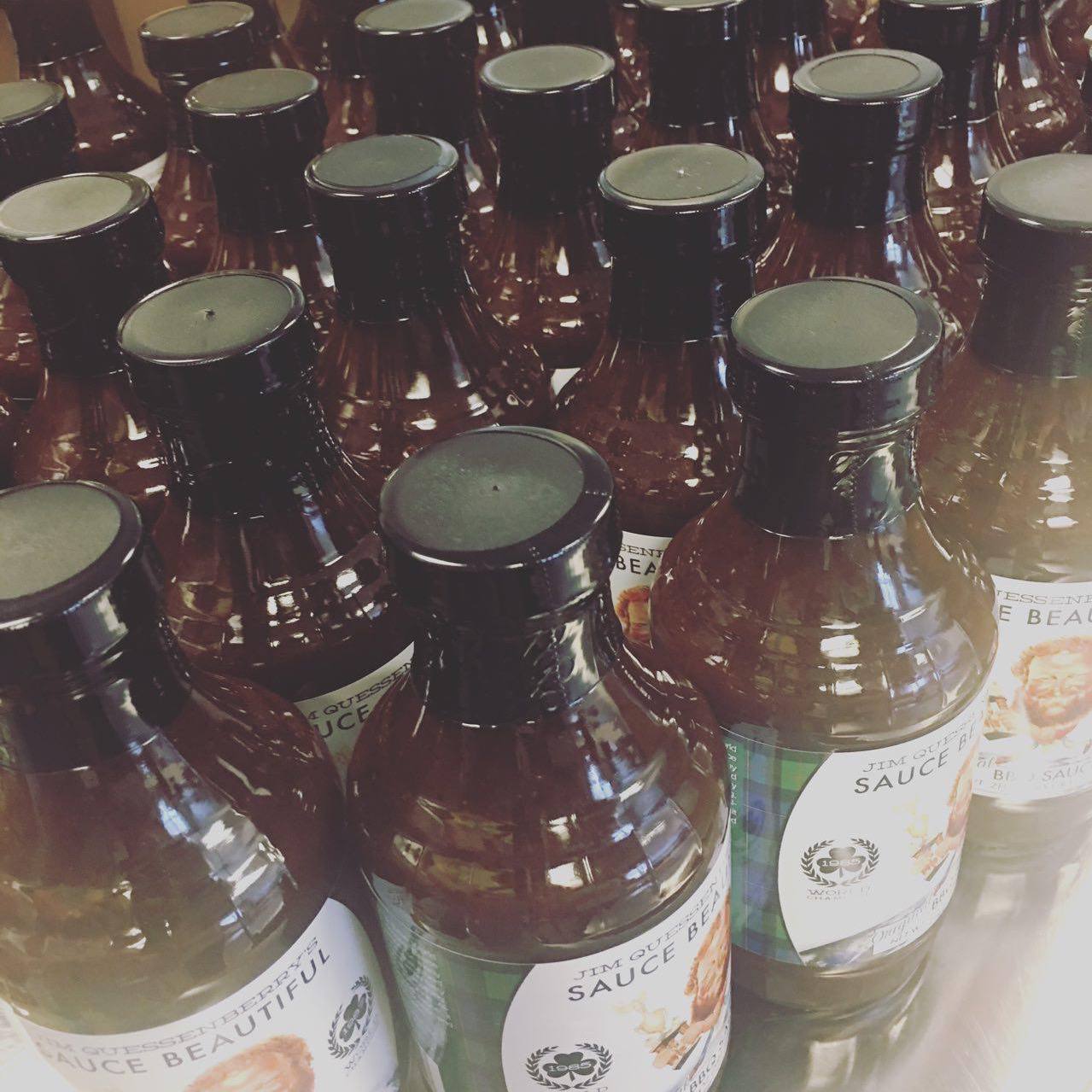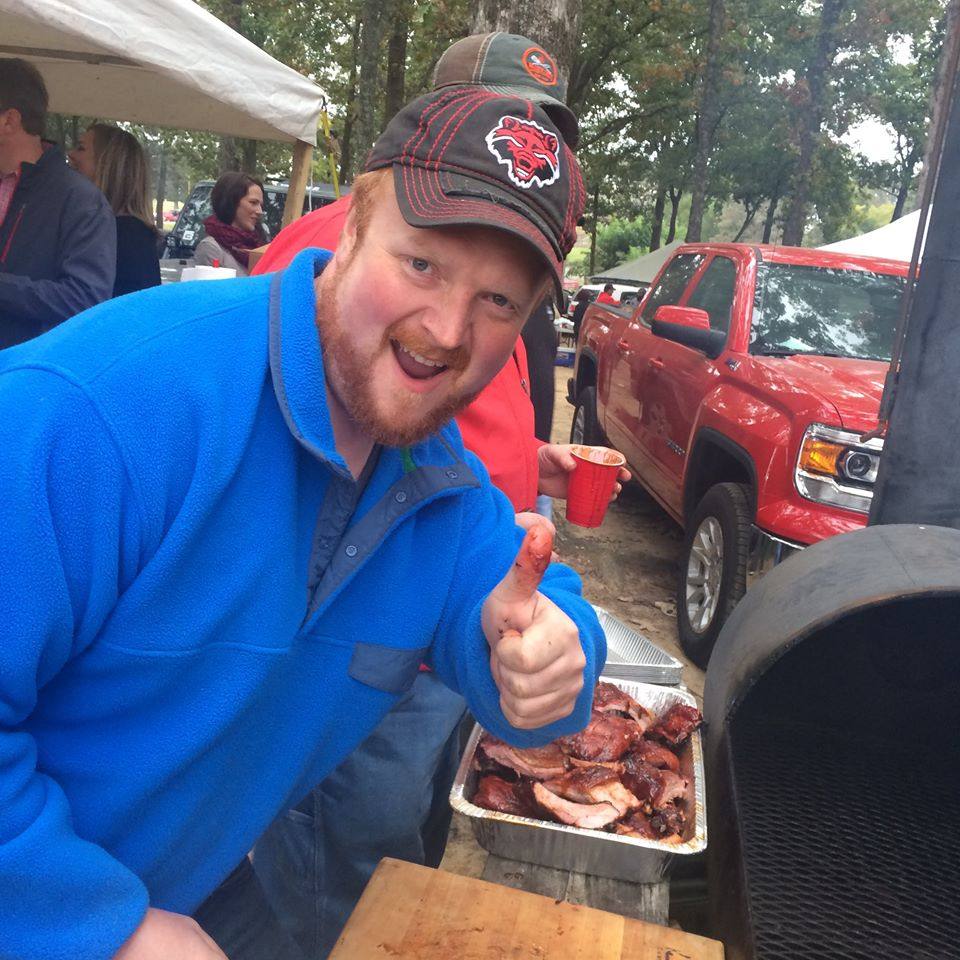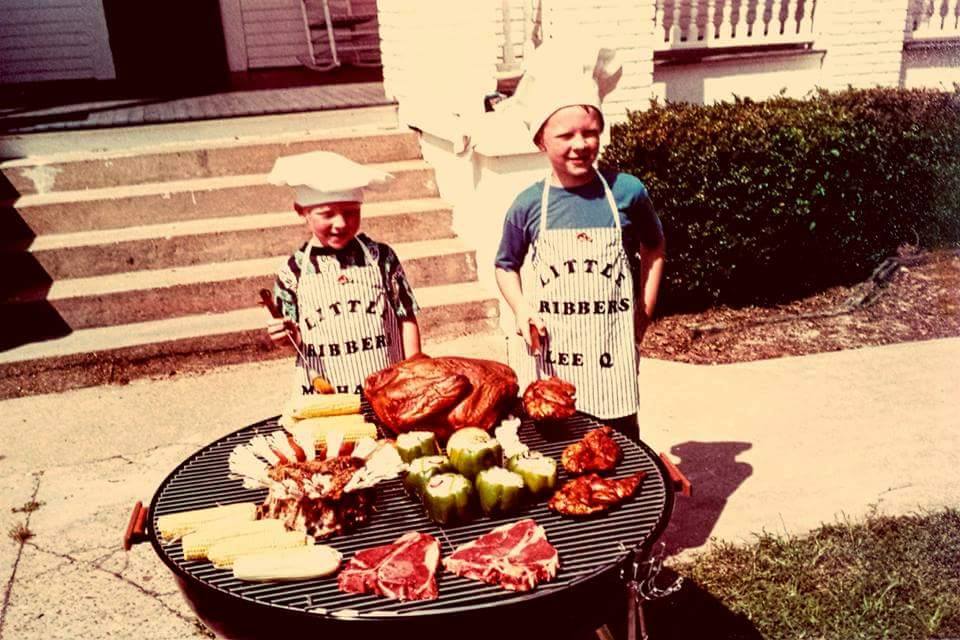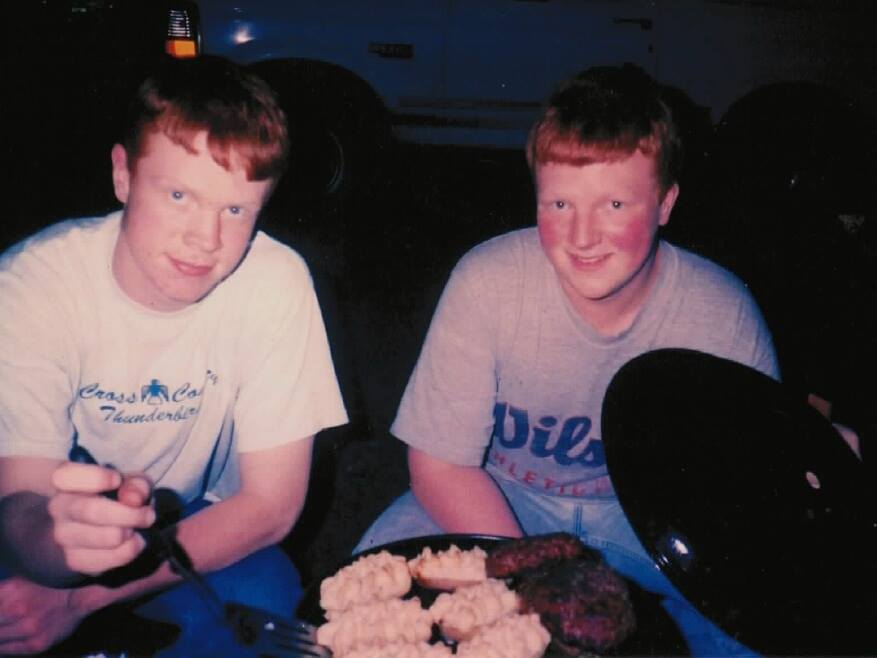Jim Quessenberry – BBQ of the Old Days – KWYN Yawn Patrol 1993
00:05 Interviewer
Jim, describe for me the old pure, unadulterated barbecue of the old days. Used to be a big event… now days people say “We’re gonna have barbecue” They come over for a few hours in the afternoon, and they slap something on possibly even the grill. But back in the old days. I’m assuming they stayed up all night it was a big event. They prepared for it and describe a real barbecue back in the old days for us.
00:34 Jim Quessenberry
Well when I was a little boy out there at Birdeye, every fourth of July, the local people, primarily black people, they were they would dig these pits in the ground. And they always had two or three goats they’d barbecue. a lot of people did hogs and all, but … at Birdeye they did goats on the fourth July, and they would make an all day all night ritual out of the dern thing they’d they would slaughter those goats and dress them and have them on the fire, you know, and and they built a side fire,
01:10
where they burn the wood, and they would render the hot coals. And then take a shovel and you know… sift the coals in under the meat. And they would stay up all night with that with those goats, and I remember, I was a little boy, and I used to be so upset when dad make me go home, you know go to bed.
01:30
I never was old enough to stay up with them, and I just really envied them, you know, and…
01:33 Interviewer
They would stay up all night long?
01:34 Jim Quessenberry
All night long, and eat the next day and they had enough to feed everybody, and somebody would take some home and everything… and those things I know went on all over this at least southern part of the country.
01:46 Interviwer
Now I’m not sure whether you had this at Birdeye, but were there for example music related to some of these? …like some of the barbecues would people bring their guitars and fiddles?01:49 Jim Quessenberry
Oh yeah, I’m sure they did. I don’t remember that being a part of it there at Birdeye, but I’m sure… but now I tell you what… but they may very well have done that at Birdeye.
02:03
Because I’ve heard lots of stories about ole BB King, who back in those days, BB King hung around over there at Cold Water and Twist all the time. And a lot of the old plantation owners and all tried to keep him run off because he’d be on somebody’s front porch playing that guitar and they couldn’t get people back in the fields because he’s pulling them and drawing them, you know.


